- Learning time
- 90 minutes
- First play time
- 220 minutes
Nemesis
Designed by: Adam Kwapiński
Nemesis appears to be inspired by a famous horror film, as the players find themselves stranded on a spaceship and surrounded by dark and grisly forces of the hungry, extra-terrestrial kind, called Intruders. Where is the ship going? Do the engines even work?? What is your principle objective, beyond surviving the carnage to come?? Hang on tight for the answers…
The large board represents the ship, populated by room tiles that begin the game face-down. As you explore the ship, you’ll reveal what these rooms are, and the nature of the exploration token that comes with each one: rooms mostly have a function in the ship, such as fire control, surgery, engines and evacuation. But some of them are less helpful – there may be a room full of slime, and no doubt somewhere there’s an alien nest of eggs. As players move around the ship, they make small amounts of noise and this trail of sound is tracked with noise markers, left in the corridors that connect the rooms (players never actually stop in corridors). If a corridor ever gets a second noise marker, it triggers an encounter – these are generally bad. Intruders pop up and attack you, and you need to either fight back or get the hell out.
That’s a general overview of the game, although be aware that as everyone has different objectives (including, if you choose to use them, the possibility of eliminating each other) the sense of co-operation can feel fragile. One player may want the ship to reach Mars, so they check the engines are working and reprogram the navigation. Another wants the ship to reach Earth, and a third wants to discover the biological make-up of the intruders and run tests on their slimy carcasses in the laboratory. You can be sure that everyone will be dealing with damage, and potential contamination as the intruder gene makes its way into the bodies of the players. It’s all grim, nasty, and gross.
But, considering players are also operating within a certain number of rounds before time runs out, how does a round work? Each player is playing a distinct character (captain, mechanic, scout, etc) with a distinct set of cards. You deal yourself five cards in a round and in each turn take one or two actions. The cards themselves have optional actions to be played that may be specific to that character – the Navigator is good at navigating and so on – but cards can also simply be discarded to pay for basic actions like moving or attacking. Crucial to your chances are managing your cards: you can spend more cards moving quietly, for instance, and avoiding intruder attacks, but obviously you’ll have less actions subsequently as a result. When your cards run out, your discarded cards are shuffled to form a new deck.
So there’s a kind of economy going on with spending cards (and time) and if you pass, either because you’ve no more cards or you don’t want to spend them, you can’t then jump back into the round. As well as your action cards, each player also begins the game with a loaded weapon and may search various rooms for more kit: ammo, medical, or tools. Although everyone is restricted to two ‘heavy’ items (your weapon being one of them) there’s no limit to the number of smaller items you can carry, and a lot of this stuff is really helpful: bandages, vials of adrenalin, weapon reloads and so on. The kit is one of the rewarding parts of a game that otherwise showers you with difficulties like poisonous confetti: as well as the intruders, some rooms don’t work due to malfunctions (though they can be fixed). Others may be on fire. Players sustain wounds, which will restrict you in terms of movement or actions, or possibly wipe you out altogether. Death is a common occurrence in Nemesis, and players need to sit down at the table okay with knowing that they may be a spectator for the latter parts of it!
The game can end in numerous ways. If players are called to add a fire or malfunction token and there are no more, then the ship has basically fallen apart/been consumed by the flames. Otherwise it might end when the ship self-destructs (- players might still win if they’ve evacuated) or simply when the game timer runs out, at which point players reveal a. whether they’ve completed their objectives and b. if they’re infected by contamination or not! It’s no use punching the air as you reach safety only to find you’re about to turn into an intruder or not… like many dangers in Nemesis, infection can be negated. But also like many dangers in Nemesis, you may simply run out of time, actions, or life to do so…
The guru's verdict
-
Take That!
Take That!
From the other players? It depends whether you want to mix in the secret objectives that lean more toward treachery. From the game itself: plenty. Plenty enough that certainly for your first game or two you may feel there's quite enough nastiness going on already. But the double-crossing and chicanery can be fun too, if you like being evil!
-
Fidget Factor!
Fidget Factor!
High until the various spinning plates come into focus, at which point Nemesis plays at a satisfyingly speedy pace. It's a long game, but once you know it, not one that feels long - a lot happens in those three hours.
-
Brain Burn!
Brain Burn!
Rules-wise it feels like a lot at first, and we think you'll enjoy Nemesis if you're okay with the sense of being constantly stymied by fate - for many, it could simply feel like an exercise in frustration as more and more things go badly wrong. But in terms of success it's all about risk-management as you pick your way toward your secret goal, perhaps helping others, perhaps not, and hoping that the slings and arrows of fate fly narrowly over your head.
-
Again Again!
Again Again!
Nemesis has a randomized set-up so you'll never know which room is where on the ship or what the exploration tokens could throw up. Players can play different characters in different combinations and try different strategies: stick together? Split up? Go high-risk hell for leather, foregoing tools and medical gear in favour of weapons? Or a more reactive approach, dealing with things as they come?


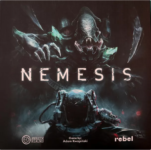



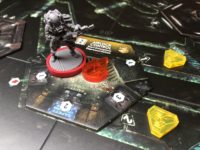
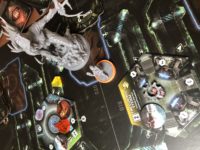





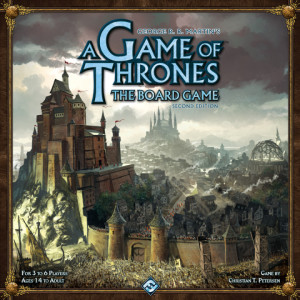
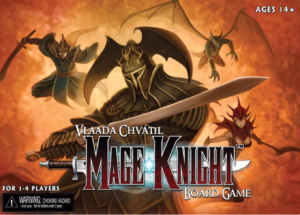
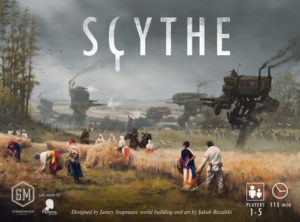
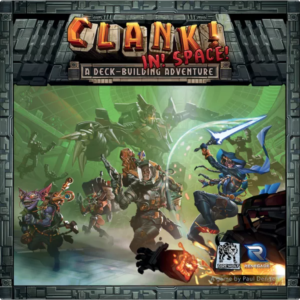
Sam says
Let's get the big con out of the way: Nemesis, although it packs a lot into that big box, is ludicrously expensive. For all that a RRP needs to recognise the enormous amount of work that goes into designing, playtesting, refining and re-refining games for extremely long periods, you are still paying out the equivalent of a monthly food shop. As much as I love games, it seems an extraordinary price tag, reflective of how some of the hobby has become inadvertently elitist, pricing a lot of people out of playing. Recent years have seen crowdfunding platforms generate millions on these kind of titles, so the audience is there. It's just a shame that a lot potential players will never play them because the entry fee is so high. That said, the £100+ enormo-boxes of plastic minis and bespoke inserts are many, and I don't mean to single Nemesis out: it just happens to be one of the few I've actually played. And to park my griping for a moment, I've found it enormously fun. Often the board games with miniatures tend to be skirmish type games, dungeon-crawling experiences where the main interaction is shooting bad guys. Nemesis, although it has it's fair share of shooting bad guys, takes a slightly different tack: here, players start out co-operatively, but the secret objectives are as likely to divide as unite them, and the disintegration of the ship around them (fire, malfunctions) along with the rapidly proliferating intruders mean there's a genuine sense of drama to the game as things fall apart. It's dark and doomy, and the odds are stacked against you in horrible ways, but it's one of the most immersive games I've played, and deserves its reputation as a beast - in every sense. For a noise-is-bad, explore-the-ship experience with less death and a lighter set of rules, try Clank! In! Space!